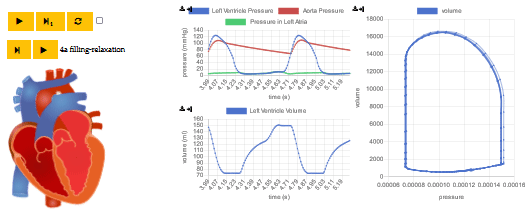
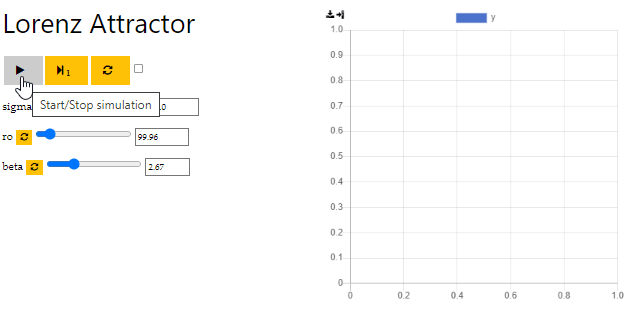
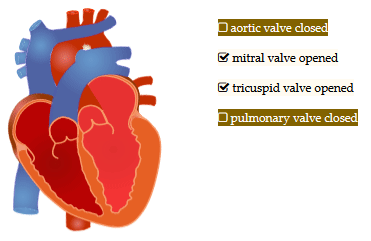


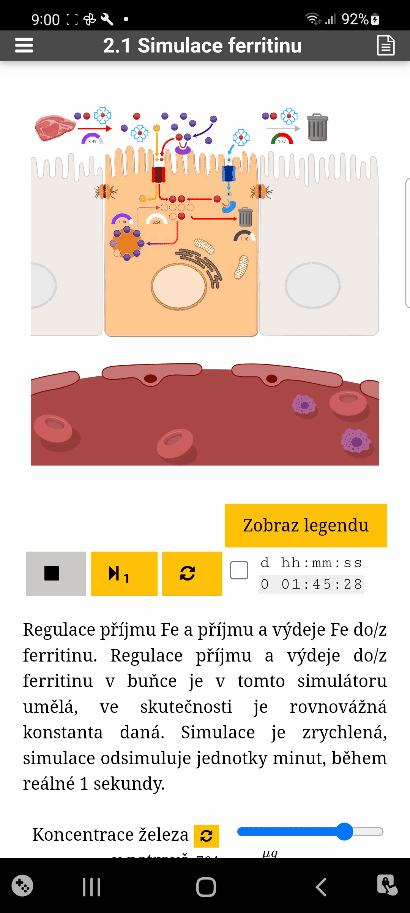
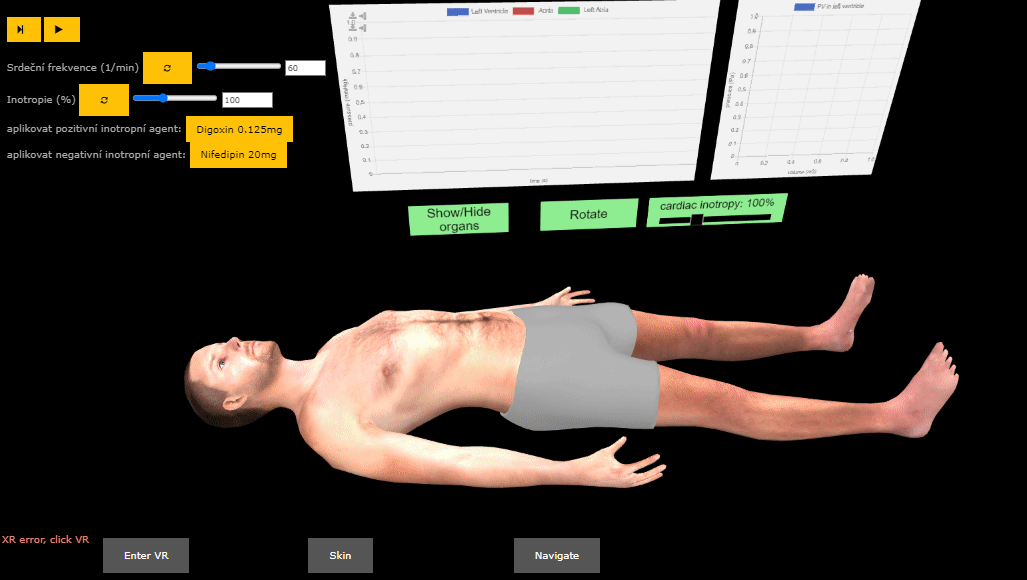
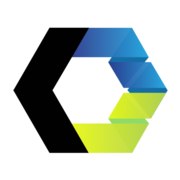

[1] Kofránek J., Rusz J.: Restoration of Guyton's diagram for regulation of the circulation as a basis for quantitative physiological model development. Physiological Research 59,897-908,2010 PDF
[2] Mateják M.: Mateják, M. (2015) Formalization of Integrative Physiology. Dissertation, Charles University in Prague. www.physiomodel.org
[3] Mateják M., Kulhánek T., Šilar J., Privitzer P., Ježek F., Kofránek J.: Physiolibrary - Modelica library for Physiology, In Conference Proceeding, 10th International Modelica Conference, March 12, 2014, Lund, Sweden, (DOI:10.3384/ECP14096499)www.physiolibrary.org
[4] Kulhánek T., Kofránek J.: Bodylight.js 2.0, In-browser web simulators using standard web components, OpenModelica/Modprod 2022 workshop PPTX presentation (80 MB with animation)
[5] Šilar J, Polák D, Mládek A, Ježek F, Kurtz T, DiCarlo S, Živný J, Kofranek J Development of In-Browser Simulators for Medical Education: Introduction of a Novel Software Toolchain J Med Internet Res 2019;21(7):e14160 URL: www.jmir.org/2019/7/e14160 DOI: 10.2196/14160